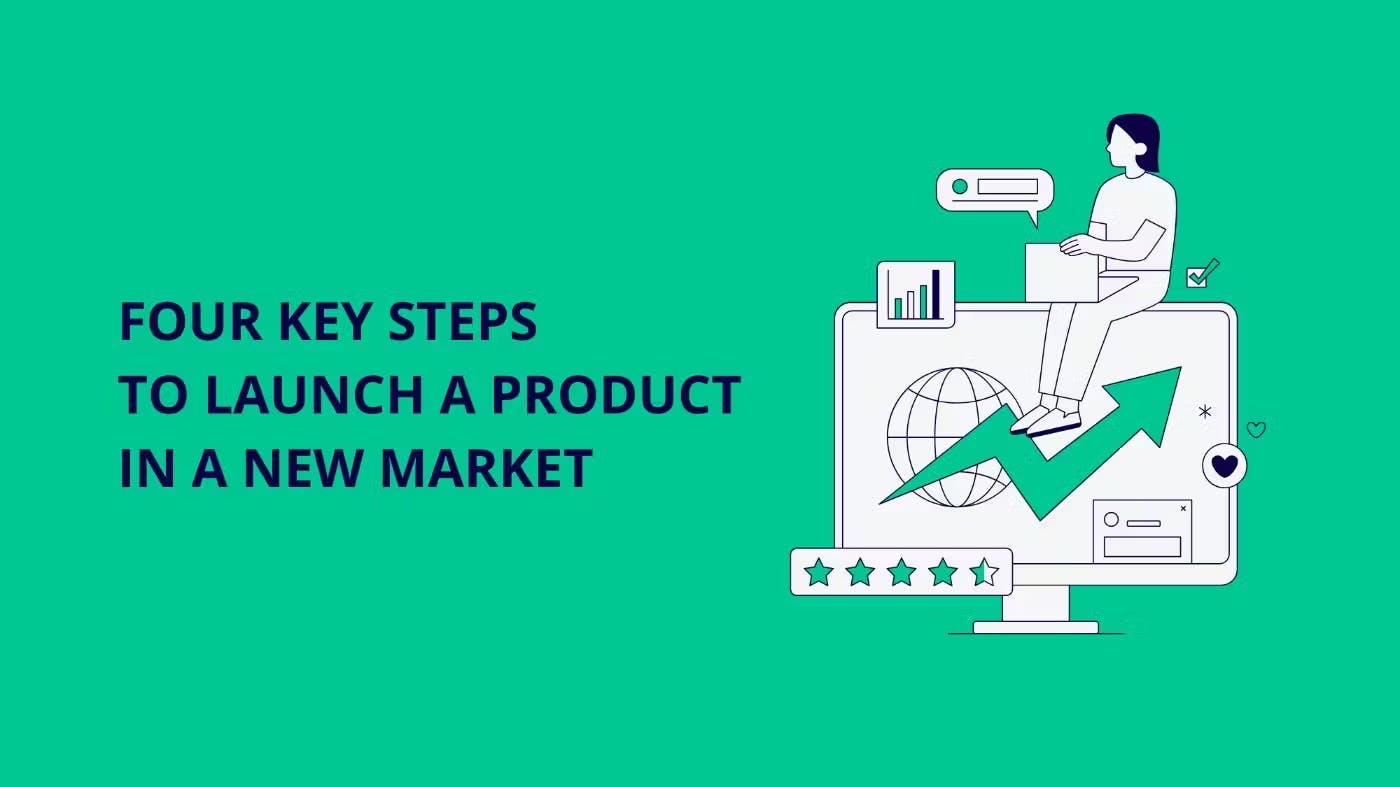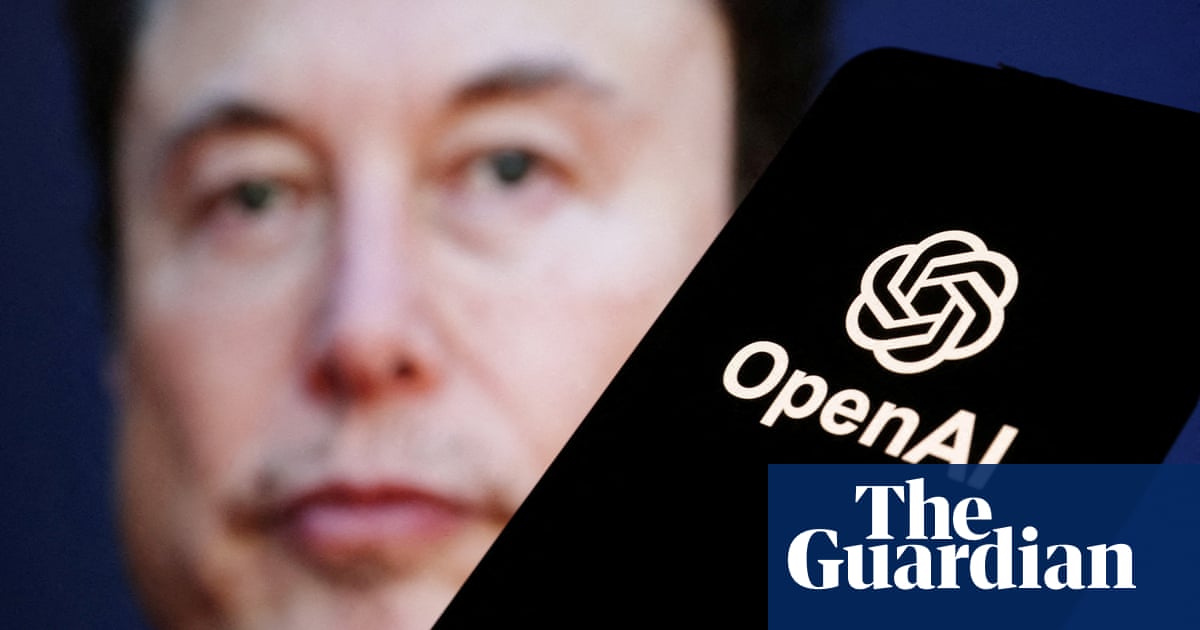Plus, having a great product isn’t enough. To win, you need to understand the competitive landscape, your audience, and how to get your brand in front of the right people. Drawing from my experience launching Yango Play in MENA — where we developed an AI-powered Entertainment SuperApp that quickly became one of the region’s leading streaming platforms — I want to share the key steps we took to make it the success it is now.
Market Assessment and Competitor Analysis
Selecting the right market is a balance between competition and profitability. Some regions offer low competition but limited revenue potential, while others may be more lucrative but very, very saturated. Sub-Saharan Africa, for example, has a large population and low competition, making it an appealing early-stage entry option. But, lower consumer spending restricts growth. MENA, on the other hand, has a smaller population but significantly higher consumer purchasing power, making it an attractive place for expansion.
Market timing is just as critical as market selection. Entering too early may mean slow adoption while entering too late risks facing intense competition.
If competition is low, it provides an advantage and accelerates market growth. The key is to enter before the market experiences a surge in adoption.
In the CIS region, the subscription economy remained relatively flat at 1–2 million subscribers for several years before suddenly accelerating to 100% annual growth. The same pattern emerged in MENA, indicating that the region was nearing a similar tipping point, making it the optimal time to enter.
Market data is here to reinforce this statement. MENA’s total population is around 500 million, with 13.5 million already subscribed to video streaming services. Just for reference, penetration of subscription services in CIS region stands at 15-20%, with slight differences between countries. Even without complex economic modeling, these figures indicated a major opportunity for subscription-based services in MENA. So, an ideal market for expansion. In this case, the potential formed the perfect ground for selecting the market and strategy – the choice was easy.
Still, the region was already highly competitive, with more than 50 video streaming platforms and many global and local music services. We had strong competitors in each category, so for us entering the market required more than just identifying demand.
Product and Content Differentiation
Creating a strong differentiator was key, and competing head-on with zero brand awareness would have been very much an uphill battle.
Take YANGO’s case study on product differentiation. We simultaneously implemented two strategies — with **differentiation through the product and content.
-
Product Differentiation
An Entertainment SuperApp — a single subscription combining music, movies, and games. At the time, there wasn’t anything similar, so we gladly took the opportunity for this strategic entry point. Users typically juggle multiple subscriptions: one for music, another for video, and yet another for gaming. We built everything into one app under a single subscription. This way, we got on the growing global trend toward bundled entertainment services and also filled a gap in our target market. Win-win.
-
Content Differentiation
Netflix has long become the go-to platform for global content. We took a different route and built an ecosystem tailored to local tastes. Our SuperApp has regional music, Arabic-language films, and localized gaming options, making it much more relevant to MENA audiences. This became a critical differentiator, making our product not just another streaming service but a culturally attuned entertainment hub.
Conclusion: To successfully differentiate a product, the best strategy is to identify weaknesses or unmet needs in competing products — and fill those gaps.
In crowded markets, pricing is as crucial as the product. It’s not the features that make or break the product – it’s about making your product the most logical choice.
So, we introduced a long trial period and a bundled pricing model, allowing users to get music and movies for the price of one. Instead of discounting, we maximized perceived value, making the subscription an easy, rational decision.
Expanding into a new market meant building a local team and adapting to language and cultural nuances. With deep market research, perfect timing, and a product tailored to real consumer needs, the SuperApp secured a strong foothold in a high-growth market. How did we tackle these challenges? That’s a story for another article.
Audience Differentiation: Defining the Target User
Users have mental “boxes” where they sort every new product they see. Food delivery? That goes into one box. A streaming service? Another box. But if your product doesn’t fit neatly into a box, it triggers confusion — people don’t know what to do with it. And when something feels unfamiliar, the default reaction is to ignore it.
That’s why crystal-clear positioning isn’t optional — it’s survival. If users can’t instantly grasp who your product is for and why they need it, you’re fighting an uphill battle. But just fitting into a category isn’t enough. You have to own it. When people think about entertainment subscriptions, they should immediately think of your brand.
How do you make that happen? Precision. Messaging needs to be sharp, clear, and unmistakable. Instead of vague positioning, spell it out: “This is a service for modern Arabic-speaking users.” That clarity eliminates confusion and makes it easier for potential subscribers to see how the product fits into their everyday world.
Brand anchoring is everything— the simpler and more memorable the positioning, the stronger the audience connection. If users struggle to define what the product is or who it’s for, they’ll tune it out. That’s a death sentence for any brand. The fix? Build an instant mental link. The moment someone thinks “entertainment subscription,” your SuperApp should be the first thing they recall.
Promotional Channels
For startups that can’t outspend competitors, traditional marketing funnels — awareness → consideration → purchase — might not be the best play. Instead, skip the awareness stage and go straight for user acquisition.
Here’s the logic: if someone downloads your app, they already know it exists. There’s no need to waste resources on brand awareness before conversion. Yes, this approach raises the cost per acquisition (CPA) since users are coming in cold, but the trade-off is greater control over spending and a more direct path to growth.
The real power lies in performance-driven marketing, which focuses on conversions rather than broad exposure. Even brands with large media budgets rely on performance marketing as the most efficient way to drive actual user engagement. For lean startups, this strategy isn’t just viable — it’s essential.
A High-Profile Launch
A product launch is a one-time shot at grabbing audience attention — don’t spread it thin over a long, drawn-out campaign. The smartest play? Go loud.
The launch moment is your biggest marketing asset — a rare window where PR and buzz can be built just around your existence. Instead of slow, passive brand-building, focus on making a splash that gets people talking.
Once the initial hype kicks in, then comes the next phase — brick by brick, reinforcing brand awareness and earning user trust. We also saw this proven in the case of Kinopoisk (video streaming platform). We focused our marketing around major premieres such as Zack Snyder’s Justice League, Rick and Morty, and big exclusive original premieres.
Shifting from Traditional Advertising to Alternative Channels
From experience, buying direct media ads is often far less effective than leveraging influencers, word of mouth, and strong PR.
Spending time on finding the right influencer, crafting a viral PR angle, or developing creative content that resonates delivers higher ROI than just pouring money into paid ads. In a budget-constrained environment, the smarter play is a two-step approach:
-
Performance marketing first — drive installs and conversions while simultaneously learning how users interact with the product.
-
Organic & influencer-driven marketing second — building credibility and momentum through earned media, viral content, and strategic partnerships.
With influencers, you’re hitting two targets at once. First, their audience gets exposed to your service, boosting brand awareness. But the real power of influencer marketing is in its high conversion rates — it doesn’t just build visibility; it drives action. It works like performance marketing in many ways. Even better? The creative content influencers produce often performs exceptionally well in paid performance campaigns, making it a valuable asset beyond the initial collaboration. So, really, you’re getting even more value out of every campaign.
This keeps acquisition costs under control and ensures real engagement and long-term user retention.
One of the most successful cases of leveraging PR instead of direct advertising is Netflix. When expanding into new regions, the company rarely invests in traditional media ads. Instead, it focuses on localized content, influencer collaborations, and large-scale PR campaigns. This approach has allowed Netflix to dominate new markets without massive ad spending, making the brand recognizable through organic user discussions and viral interest.
There are plenty of examples of viral brands and services — take Dubai Chocolate or Clubhouse, for instance. These apps and platforms managed to gain massive audiences with little to no marketing spend, relying purely on organic growth and word of mouth.
The Founder as the Brand’s Leading Ambassador
In a competitive market, PR isn’t just about press releases and media coverage — it’s about people. A founder holds a unique advantage: their voice becomes the product’s most powerful marketing tool.
People don’t engage with companies — they engage with other people. Instead of relying on corporate statements or press releases, modern PR is about creating shareable content and building influence through authentic, human-driven narratives.
Whether you are a startup or an established company, entering a new market requires more than a strong product — it asks for adaptability to evolving industry rules and dynamics. The strategies that worked in the past may no longer be effective in an environment where competition is fierce, consumer behavior is shifting, and digital ecosystems are rapidly changing. Success hinges on thorough market research, precise audience targeting, strategic product differentiation, and a well-structured promotional approach.









